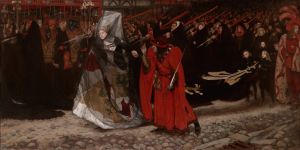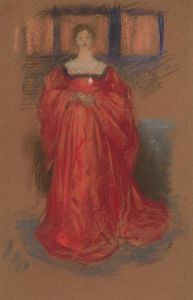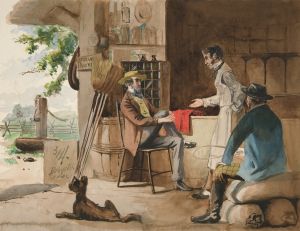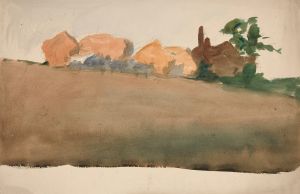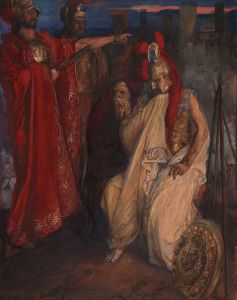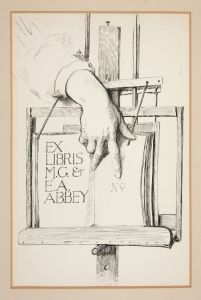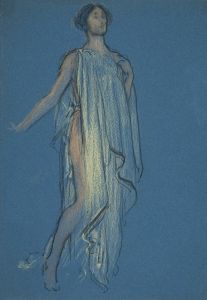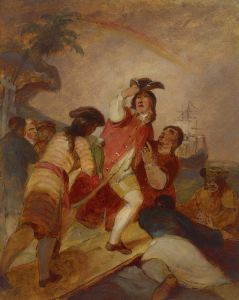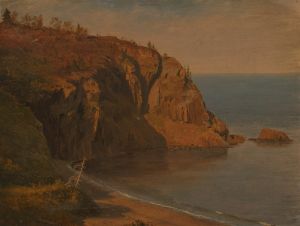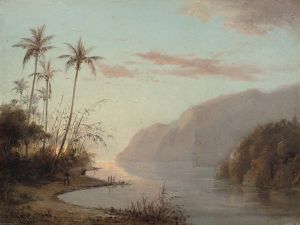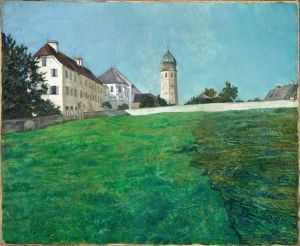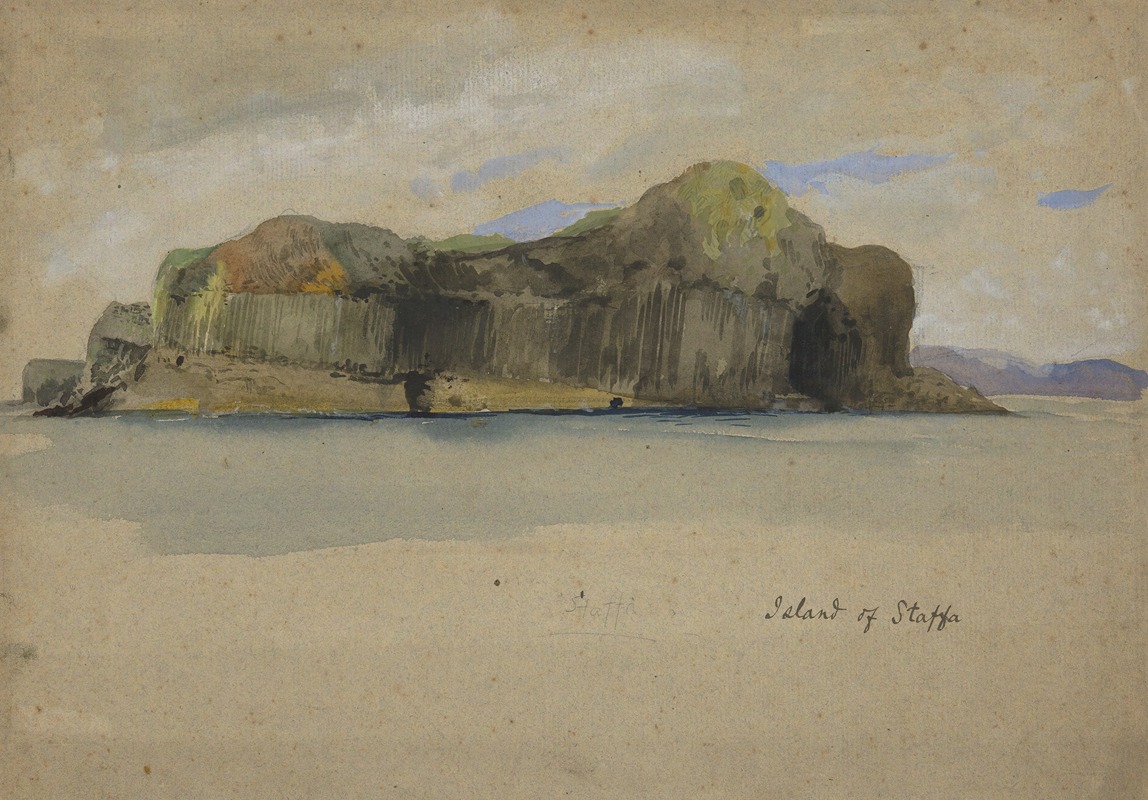
Island of Staffa
A hand-painted replica of Edwin Austin Abbey’s masterpiece Island of Staffa, meticulously crafted by professional artists to capture the true essence of the original. Each piece is created with museum-quality canvas and rare mineral pigments, carefully painted by experienced artists with delicate brushstrokes and rich, layered colors to perfectly recreate the texture of the original artwork. Unlike machine-printed reproductions, this hand-painted version brings the painting to life, infused with the artist’s emotions and skill in every stroke. Whether for personal collection or home decoration, it instantly elevates the artistic atmosphere of any space.
"Island of Staffa" is a painting by the American artist Edwin Austin Abbey, known for his illustrations and paintings that often depicted scenes from literature and history. Abbey was born in 1852 in Philadelphia, Pennsylvania, and he gained prominence in the late 19th and early 20th centuries. He was a member of the National Academy of Design and the Royal Academy of Arts, and he spent much of his career in England.
The painting "Island of Staffa" captures the dramatic and rugged beauty of the Isle of Staffa, which is located in the Inner Hebrides of Scotland. The island is renowned for its striking geological formations, particularly the basalt columns of Fingal's Cave, which have inspired numerous artists, writers, and composers over the centuries.
Abbey's depiction of the Island of Staffa showcases his skill in rendering natural landscapes with a sense of grandeur and atmosphere. The painting likely emphasizes the unique rock formations and the interplay of light and shadow, reflecting the awe-inspiring nature of the location. While specific details about the composition and style of "Island of Staffa" are not widely documented, it can be inferred that Abbey's work would have been influenced by his meticulous attention to detail and his ability to convey the essence of a place.
Edwin Austin Abbey's career was marked by his versatility and his contributions to both American and British art. He was particularly known for his illustrations of Shakespearean scenes and his murals, such as those in the Boston Public Library. Abbey's work often bridged the gap between illustration and fine art, and he was celebrated for his narrative ability and his technical proficiency.
The Isle of Staffa itself has a rich cultural history. Fingal's Cave, in particular, has been a source of fascination since its discovery by Sir Joseph Banks in the 18th century. The cave's natural acoustics and its resemblance to a cathedral have made it a popular subject for artists and musicians. The composer Felix Mendelssohn famously visited the cave in 1829 and was inspired to write his "Hebrides Overture" (also known as "Fingal's Cave Overture").
In summary, "Island of Staffa" by Edwin Austin Abbey is a painting that captures the majestic and unique landscape of the Isle of Staffa. Abbey's work reflects his ability to convey the beauty and atmosphere of natural scenes, and it contributes to the long tradition of artistic representations of this iconic Scottish island. While specific details about the painting are limited, Abbey's reputation as a skilled and versatile artist underscores the significance of his depiction of this remarkable location.





